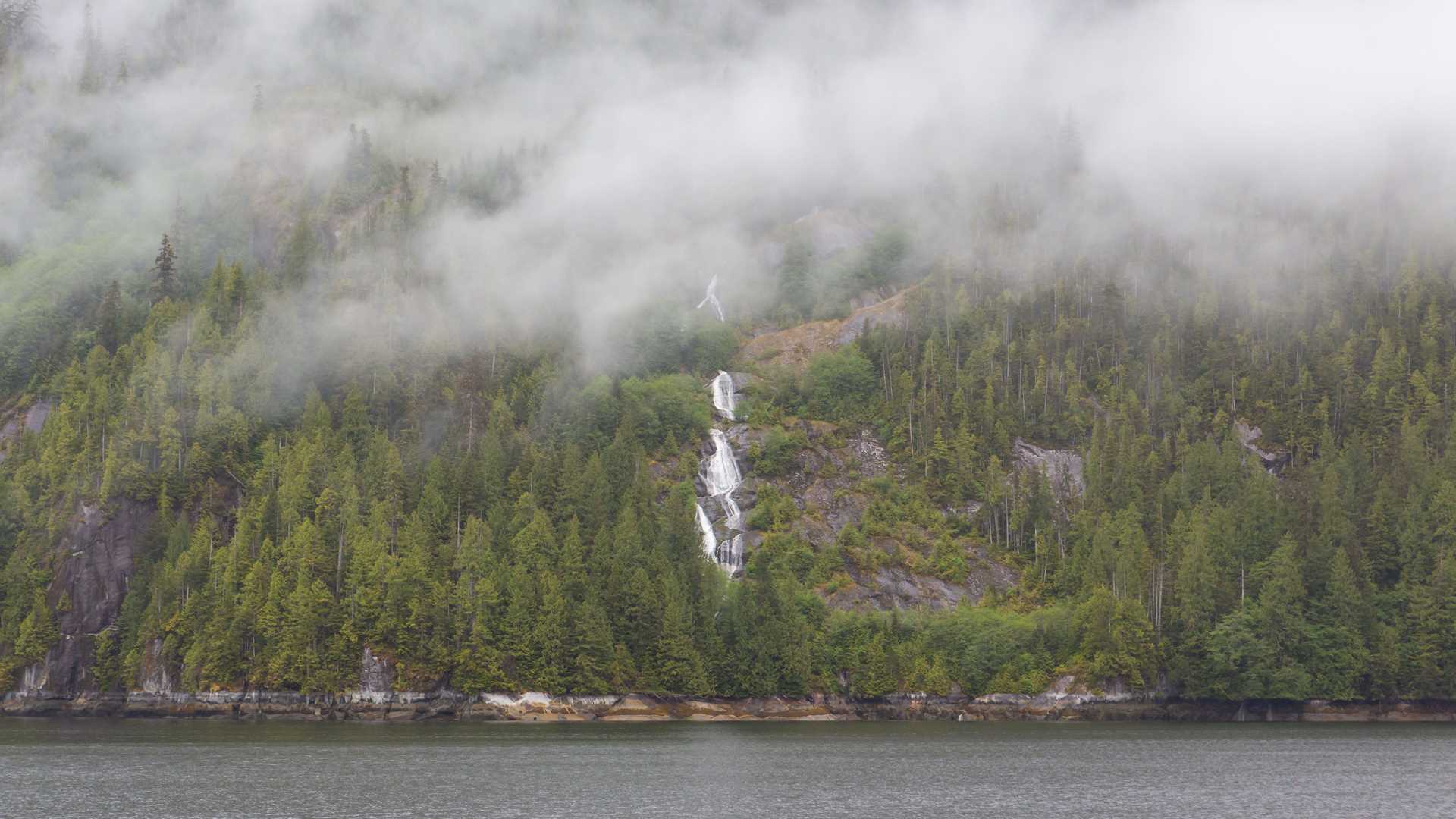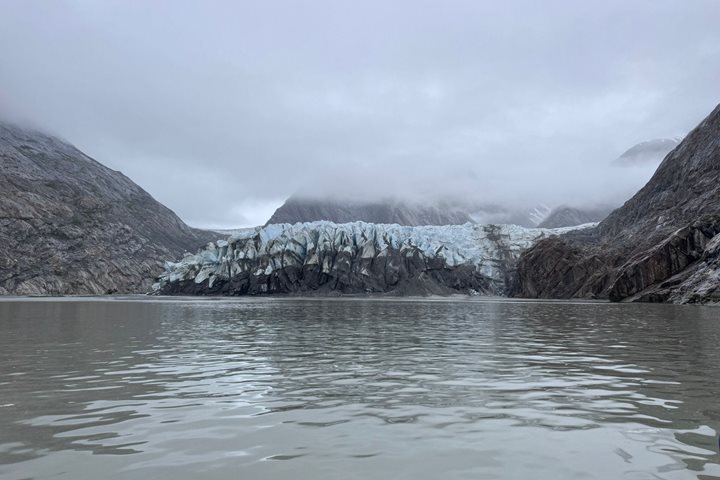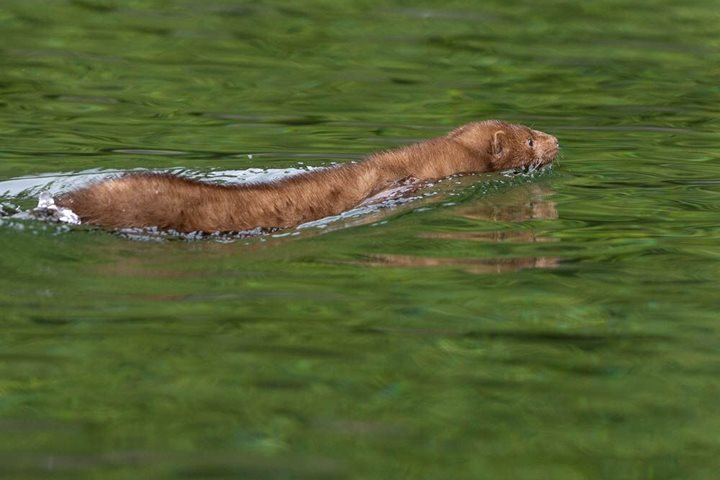Today we woke up to the first rain of our trip, a light dose of “liquid sunshine” as our natural history staff often jokes. We were surrounded by spectacular scenery. Soaring walls of the fjord surrounded us, lined with tall green trees and calm seas. Many impressive waterfalls gushed down into the calm cove. Photographically speaking, this couldn’t have been a more perfect approach to the aptly named Misty Fjords National Monument.
Misty Fjords National Monument is a national monument and wilderness area administered by the U.S. Forest Service as part of the Tongass National Forest. It contains over two million acres of designated wilderness in Alaska’s Panhandle. The region was first visited by Europeans in 1793 when George Vancouver traveled up the Behm Canal, which separates the mainland of Alaska from Revillagigedo Island which contains the modern day settlement of Ketchikan.
Throughout the morning, we explored the back of Rudyerd Bay via Zodiac and via kayak. Along the way, a few members of our team were able to spot a river otter, harbor seals, a mink and of course many species of birds, including Barrow’s goldeneye. Plying the shoreline, we also took time to make observations about plant adaptations for growing on such steep slopes.
In the afternoon, the bridge team navigated National Geographic Sea Bird into Walker Cove where we had a fantastic encounter with a solitary humpback whale close to the shoreline in about 200’ of water. During this encounter, we were able to observe the whale lunge feeding and we also saw the pectoral fin and tail flukes quite a few times. After cautiously approaching, we noticed bubbles rising from below the water in the form of a ring. From what we have seen in the past, this led us to think this whale was using all of its feeding strategies to catch its prey. It also appeared to be using the shoreline as a way of cornering the prey. During a few of the lunges, we were able to see the underside of the whale’s mouth and even get a pretty good glimpse of the baleen plates. Kim Nesbitt, our photo instructor on this voyage, took a picture of the underside of the tail flukes. She was able to use a new feature by Happywhale called Instant ID that matched this individual to one that naturalist Tara Kaestner saw a few weeks ago while working aboard National Geographic Quest here in Misty Fjords National Monument. The citizen science technology these days is outstanding!
It is challenging to try to describe these beautiful, remote and rugged places in writing, really the best way to get a sense of what it’s like is to come and see for yourself. With that said, this marks the end of another excellent voyage here in Southeast Alaska. On behalf of all of us aboard National Geographic Sea Bird, thank you for traveling with us, and we hope to see you again in the near future.







